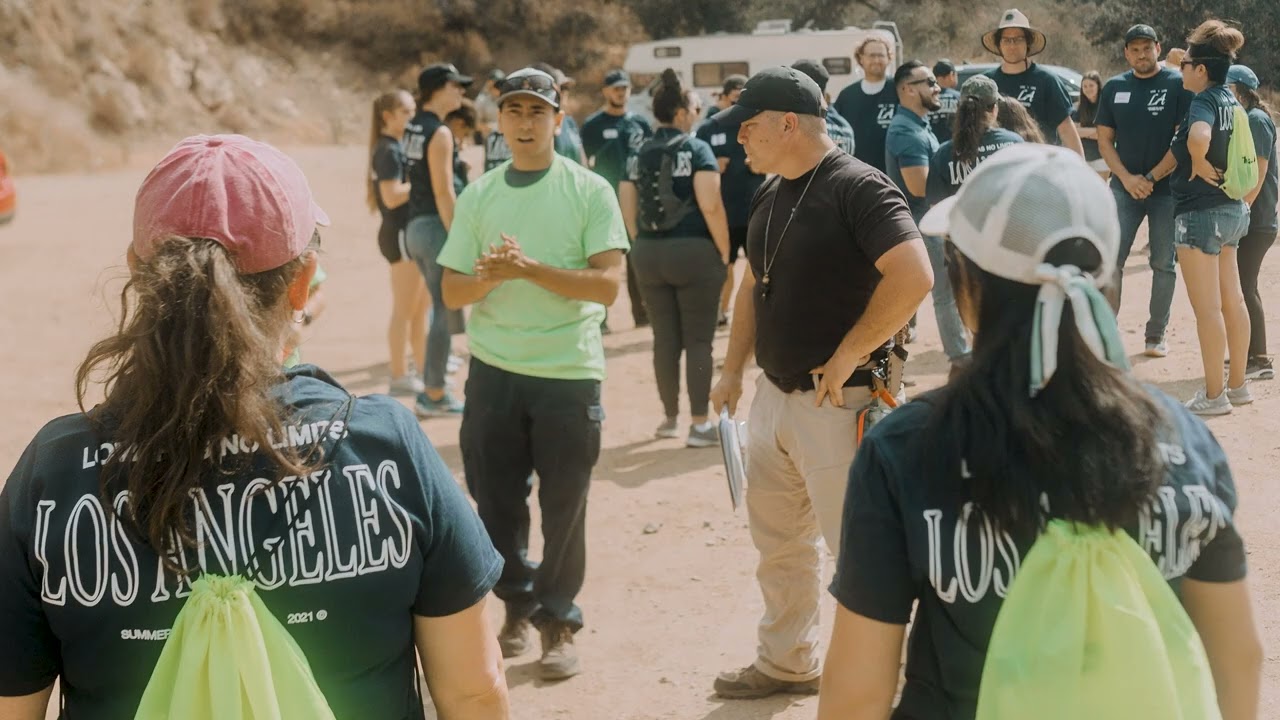- Maintaining connections with the land and its cultural significance.
- Role of the California Academy of Sciences in wildlife conservation.
- Techniques and strategies in modern zoo management.
- Importance of community involvement in conservation efforts.
- Future prospects for conservation and zoology education.
Maintaining connections with the land and its cultural significance is imperative to both indigenous communities and modern science. The relationship between people and their environment shapes cultural heritage, influences biodiversity, and aids in the sustainable management of natural resources. Throughout history, indigenous practices have demonstrated profound ecological wisdom, as these communities often consider themselves an intrinsic part of their ecosystems. Their traditional knowledge can enhance contemporary conservation strategies, creating a holistic approach to preserving biodiversity. The California Academy of Sciences prioritizes this interconnection. By collaborating with indigenous communities, they endeavor to marry age-old sustainable practices with cutting-edge scientific research.
The California Academy of Sciences is a beacon of wildlife conservation, housing a wide array of exhibits dedicated to understanding and preserving the planet’s biodiversity. Home to a living rainforest, an aquarium, and numerous research programs, the academy extends beyond a museum’s traditional role. The institution conducts vital research in biodiversity and climate change, offering valuable insights into the impacts of human activities on various species. The academy’s scientists engage in fieldwork, traveling to remote locations to conduct species inventories and assess ecosystem health. Such data is indispensable for developing effective conservation policies and strategies to safeguard endangered species.
In modern zoo management, the focus has shifted significantly from mere display to conservation, education, and research. Zoos now play an integral role in protecting threatened species through breeding programs, habitat restoration projects, and public education initiatives. The California Academy of Sciences integrates these aspects into its exhibits. Advanced enrichment activities ensure the well-being of the animals by encouraging natural behaviors, while modern exhibit designs simulate natural habitats, providing both physical and mental stimulation. Global positioning systems (GPS) and Geographic Information Systems (GIS) aid in tracking animal movements and managing habitats more effectively.
Community involvement is paramount in conservation efforts. The California Academy of Sciences understands this and has incorporated various public outreach and engagement programs into its operations. By involving local communities in conservation projects, the academy fosters a sense of stewardship and responsibility towards the environment. Educational programs, volunteer opportunities, and citizen science projects enable the public to contribute actively to conservation. These initiatives not only increase awareness but also amplify the impact of conservation efforts. Engaging community stakeholders ensures that conservation measures are more widely accepted and implemented.
Conservation and zoology education prospects appear promising due to the integrated approaches being applied today. The California Academy of Sciences stays at the forefront by continually updating its programs to incorporate the latest scientific findings and technological advancements. Online platforms and virtual reality experiences supplement traditional exhibits, making science and conservation more accessible globally. Additionally, partnerships with universities and research institutions enhance the depth and reach of educational programs. These alliances are crucial for training the next generation of conservationists, ensuring the continued protection of our natural heritage.
Maintaining a strong connection with the land is about understanding it scientifically and recognizing its cultural and historical significance. This multifaceted approach fosters a deeper appreciation and commitment to conservation. The California Academy of Sciences exemplifies this by integrating traditional ecological knowledge with modern scientific research. Their dedication to wildlife conservation through innovative zoo management techniques, active community involvement, and leading educational initiatives provides a comprehensive model for others to follow. As we look to the future, the continued evolution of conservation strategies and the promotion of biodiversity will depend on such integrated efforts, ensuring that the natural world and its myriad connections to human culture are preserved for future generations.
*****
Source Description
Hear from the Village of Xaapchivit about what revitalizing land might mean for grizzlies.
This video is one of several on the subject of the extinction of the California grizzly bear and the Monarch specimen on display in our California: State of Nature exhibit. View the entire playlist here: https://www.youtube.com/playlist?list=PLS14biAqBAtE9EOLxkNmtGD6c3JmG6RA10
Credits
Kevin and Nathan Nuñez
Images courtesy of Village of Xaapchivit
Videographer/Editor: Erik Krumrey
Producer: Molly Michelson
Stock footage and music: Pond5.com
– – –
🙌 Now More Than Ever, We Need Your Support
The Academy has a new mission: to regenerate the natural world through science, learning and collaboration. Please consider a donation to https://bit.ly/3JcOewJ — any amount helps. Thank you!
– – –
The California Academy of Sciences is a renowned scientific and educational institution dedicated to regenerating the natural world through science, learning, and collaboration. Based in San Francisco’s Golden Gate Park, it’s the only place in the world to house an aquarium, planetarium, rainforest, and natural history museum—plus cutting-edge research programs—all under one living roof.
Connect with us:
• Facebook: https://facebook.com/calacademy
• Twitter: https://twitter.com/calacademy
• Instagram: https://instagram.com/calacademy


